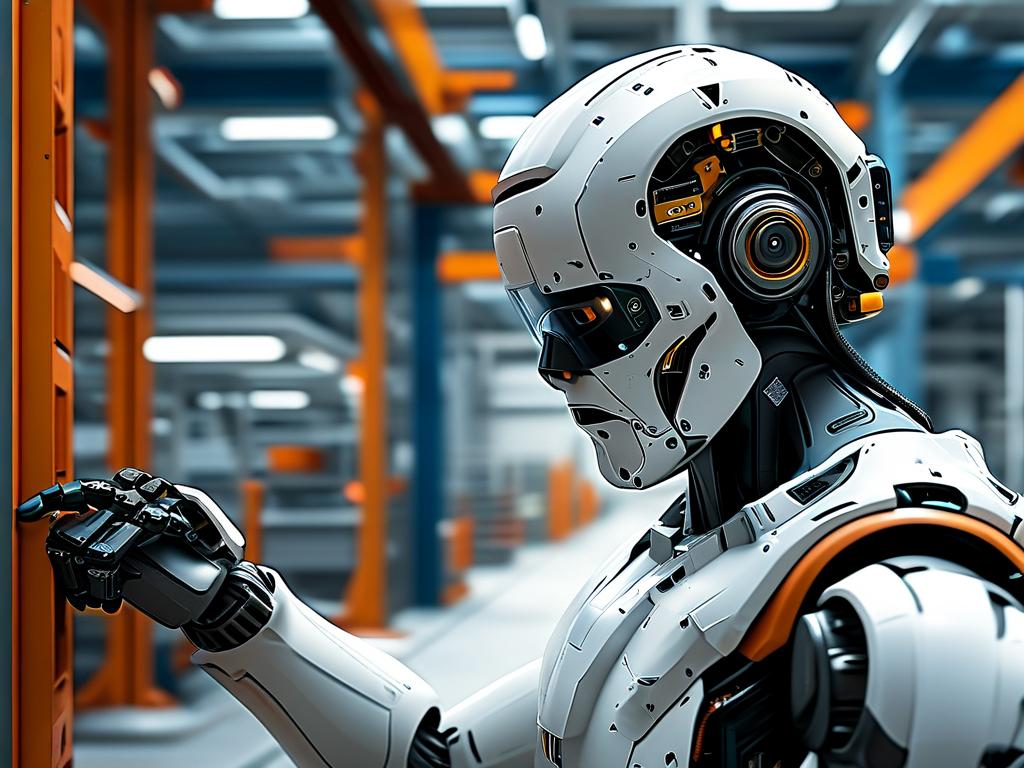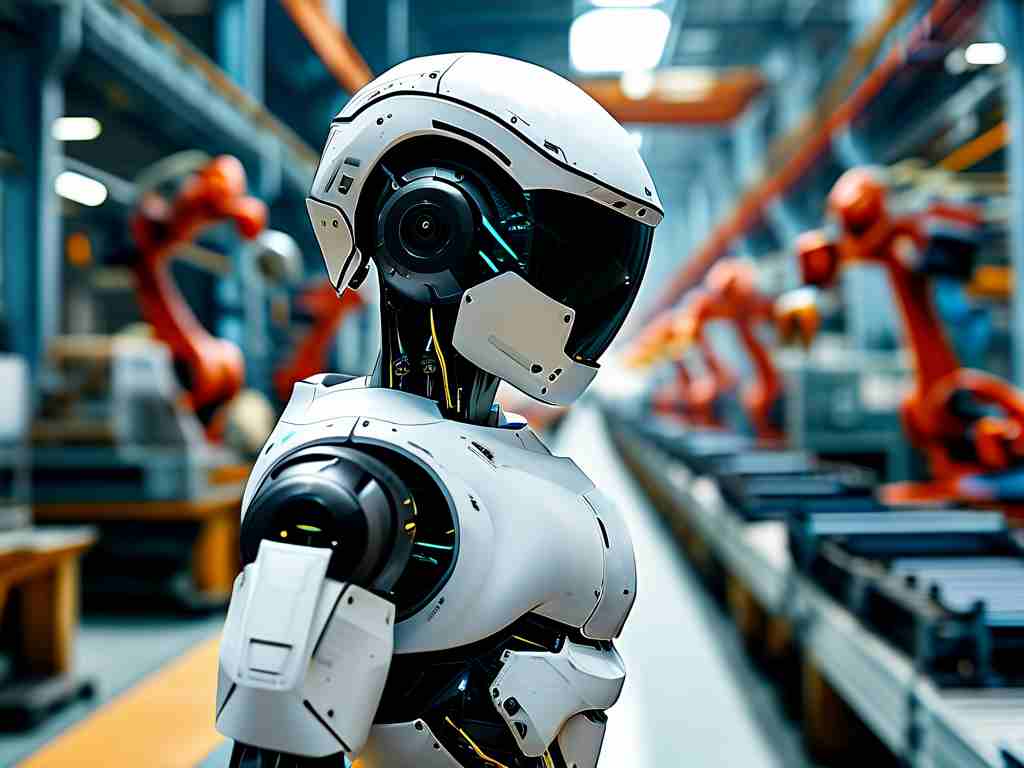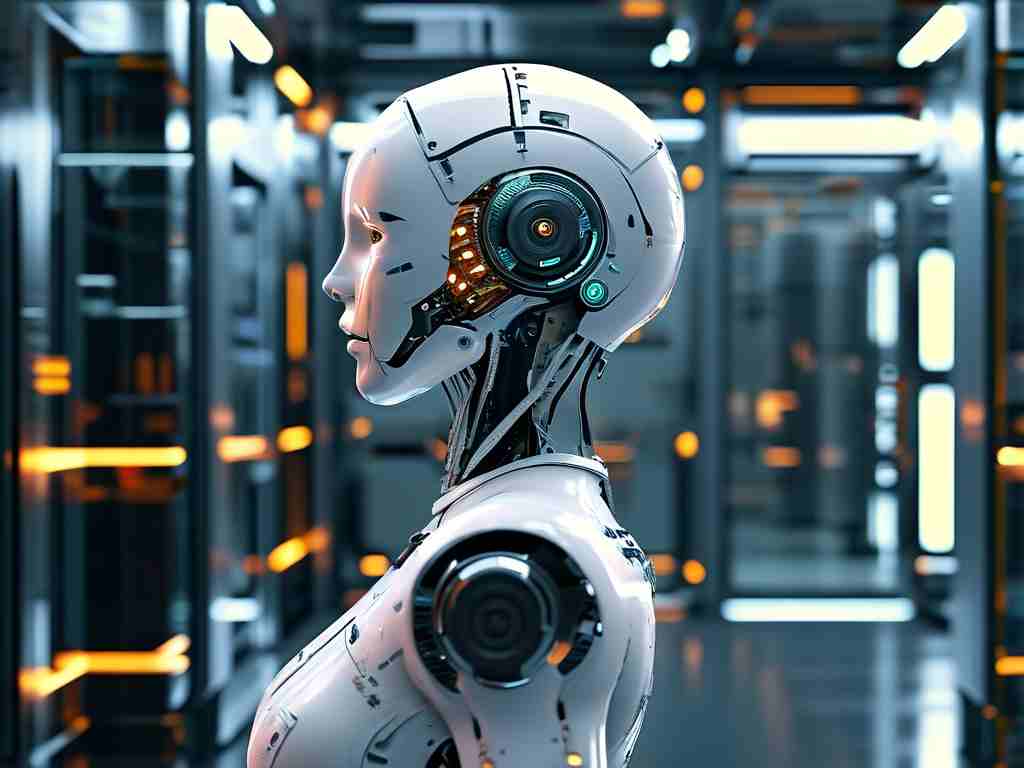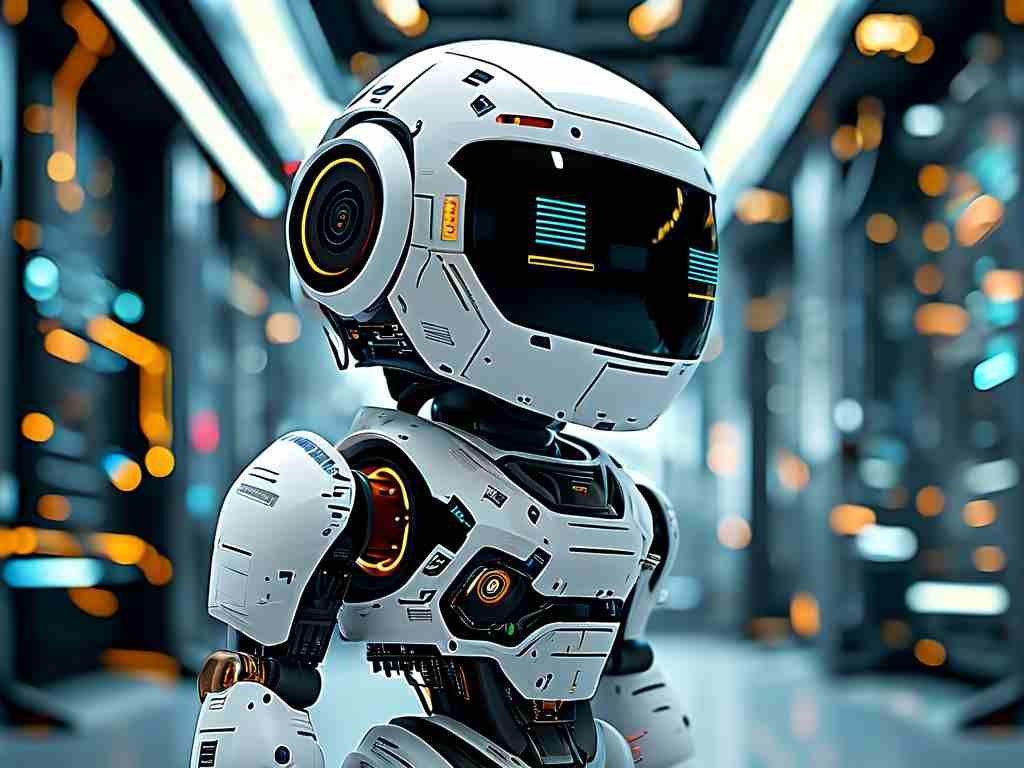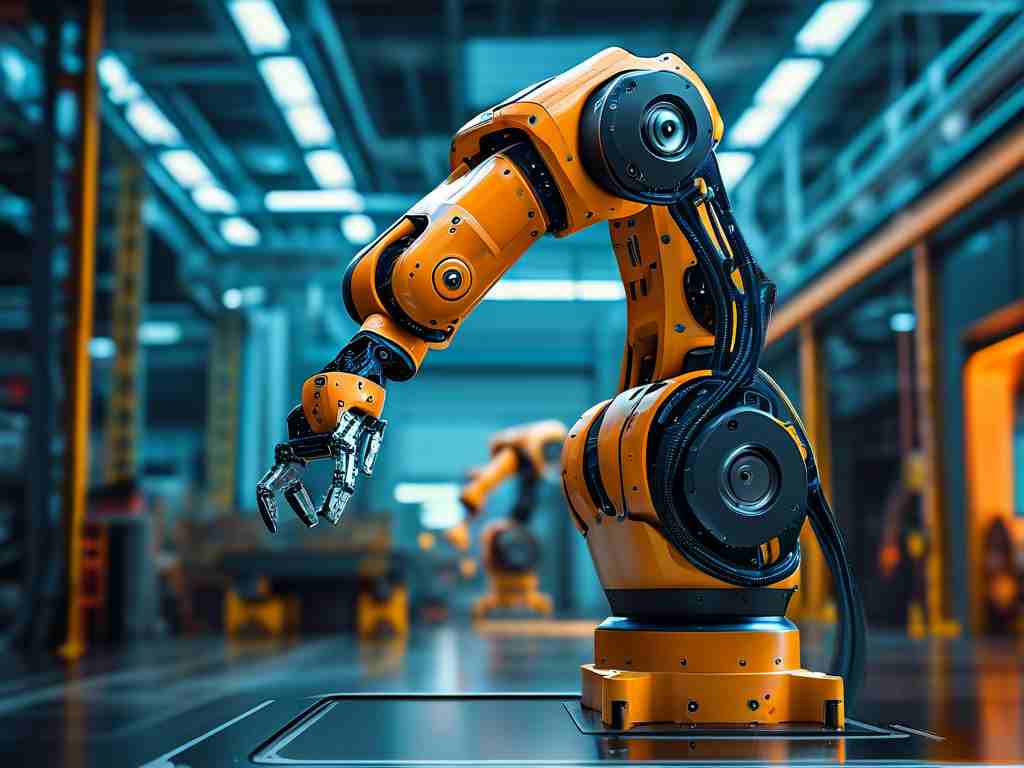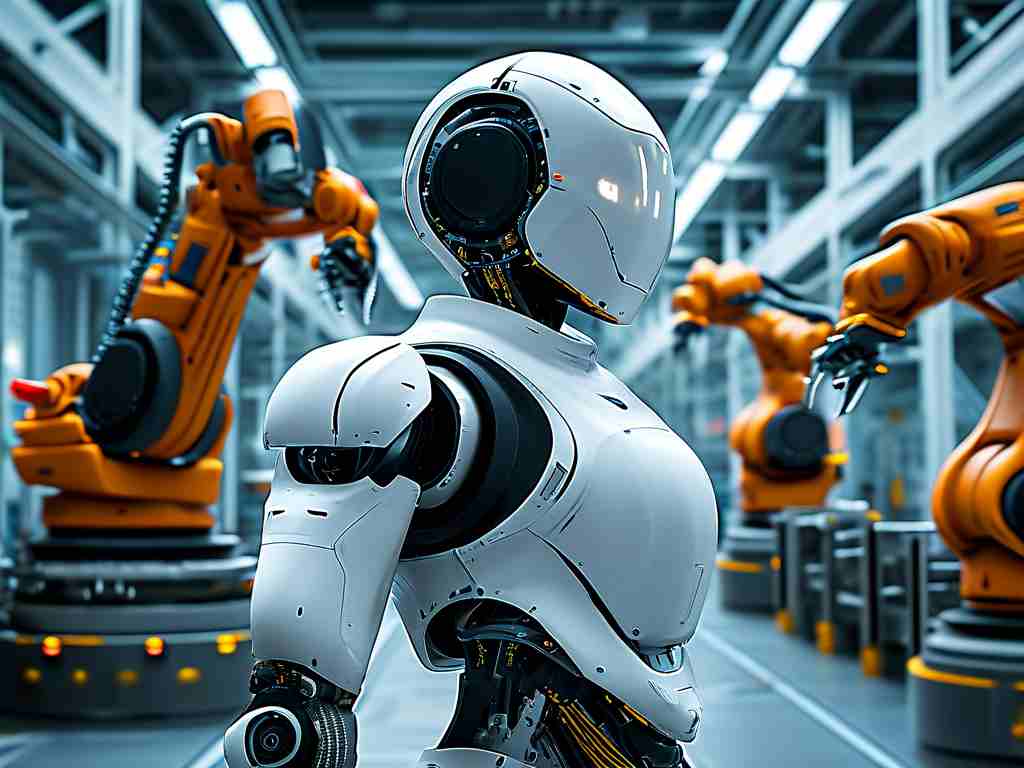The robotics landscape has witnessed unprecedented innovation in recent years, with Tesla emerging as a disruptive force through its Optimus humanoid robot project. This article explores how Tesla’s approach to robotics diverges from conventional industry players while addressing its unique challenges and opportunities.
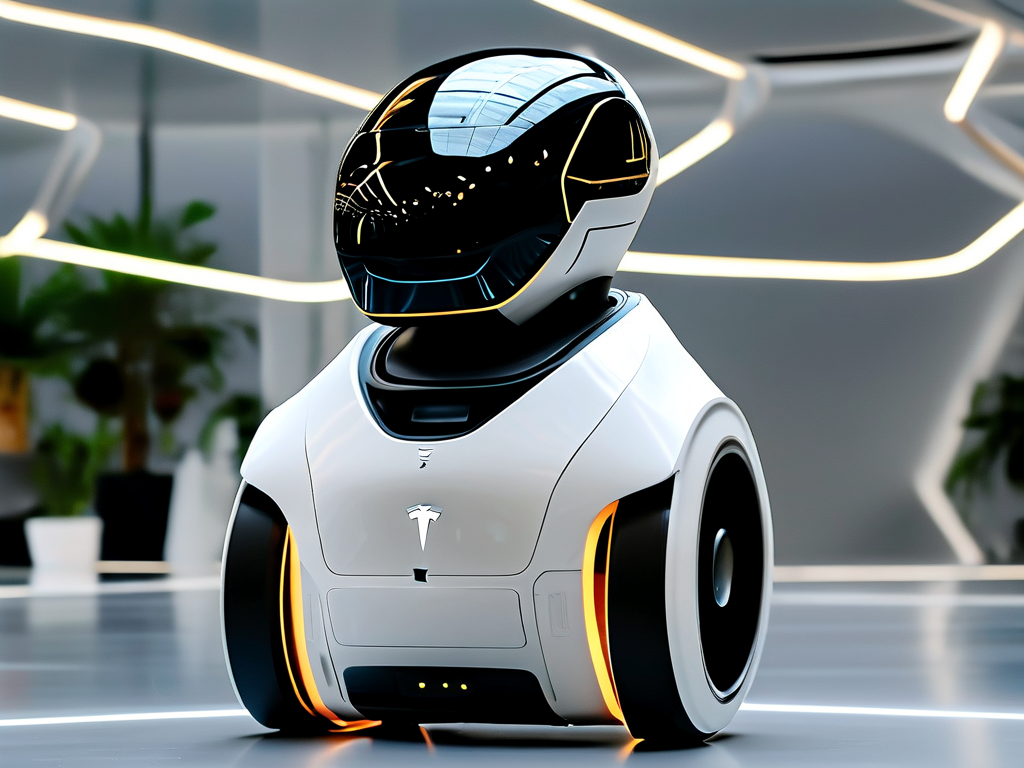
AI-Driven Design Philosophy
Tesla’s robotics strategy hinges on its vertically integrated AI ecosystem. Unlike traditional robotics manufacturers like Boston Dynamics that prioritize mechanical precision, Tesla’s Optimus leverages neural networks trained on real-world Tesla vehicle data. This enables adaptive learning capabilities – a robot that theoretically improves its object recognition and pathfinding skills through fleet-wide software updates. Industrial counterparts such as FANUC or Yaskawa still rely on pre-programmed routines optimized for repetitive factory tasks.
Cost-Efficiency vs. Specialization
At $20,000 per unit (projected), Optimus targets affordability at scale, contrasting sharply with Boston Dynamics’ $150,000 Spot robot or $3 million Atlas prototypes. This price differentiation reflects Tesla’s automotive manufacturing mindset: sacrificing some degree of specialized performance for mass-production viability. However, critics argue this approach may limit Optimus’s effectiveness in precision-critical environments like semiconductor cleanrooms, where established industrial robots maintain dominance.
Battery Technology Cross-Pollination
Tesla’s robotics division uniquely benefits from the company’s EV battery innovations. Optimus utilizes modified 4680 battery cells originally designed for Cybertruck, offering 2.5 kWh capacity with swappable packs – a feature absent in most competitors’ tethered systems. This mobility advantage comes with tradeoffs: Honda’s E2-DR disaster-response robot employs hydrogen fuel cells for continuous 6-hour operation, a benchmark Tesla’s current battery technology hasn’t matched.
Sensor Fusion Strategy
While most humanoid robots employ LiDAR for spatial awareness, Tesla controversially persists with camera-centric navigation adapted from its Autopilot system. Early prototypes demonstrated 15% slower obstacle avoidance compared to LiDAR-equipped robots like Agility Robotics’ Digit in controlled tests. However, Tesla engineers claim their vision-based approach will eventually surpass rivals through machine learning – similar arguments made during the Autopilot vs. Waymo sensor debates.
Market Positioning Paradox
Tesla positions Optimus as a general-purpose assistant for domestic and industrial use, whereas competitors focus on niche applications. Kawasaki’s Kaleido exoskeletons target heavy manufacturing, while SoftBank’s Pepper specializes in customer service interactions. This broad targeting creates both opportunities and risks – while Tesla could capture multiple markets simultaneously, it risks underperforming specialized bots in specific verticals.
Ethical Considerations
The company’s aggressive timeline (aiming for limited production by 2025) raises questions about safety validation processes. Traditional robotics firms typically undergo 18-24 months of field testing before deployment, whereas Tesla’s “beta testing with customers” approach – successful in software – faces skepticism when applied to physical robots operating in human environments.
Supply Chain Synergies
Tesla’s robotics venture benefits from existing automotive-grade component suppliers, enabling faster scaling compared to startups. The Optimus prototype shares 60% of its actuators with Tesla vehicles, according to teardown reports. In contrast, newer entrants like Figure AI must build supplier networks from scratch, adding 12-18 months to development cycles.
Tesla’s robotics initiative represents both a technological leap and a calculated gamble. While lagging behind specialized competitors in certain technical metrics, its integrated AI platform and manufacturing scalability suggest disruptive potential. The coming years will test whether automotive-grade robotics can redefine industry standards or remain a supplementary vertical in the broader automation ecosystem.


